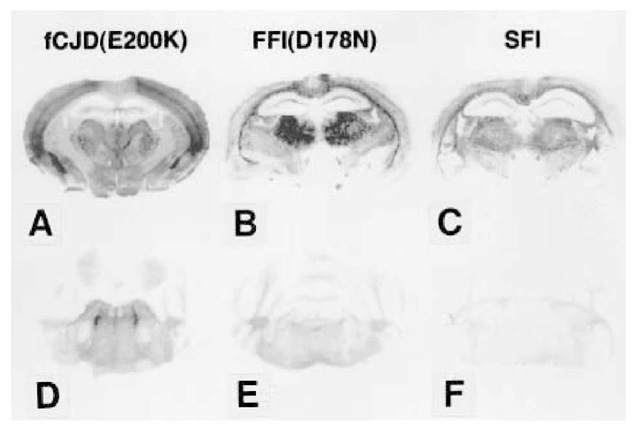
The National Library of Medicine's Unified Medical Language System (UMLS) is used to classify and organize diseases and disease categories. Learn more about the different types of clinical studies, consent forms, questions you should ask before participating in clinical studies, and the difference between research and medical treatment. There are two main types of clinical studies: Clinical studies are medical research involving people as participants. Observational studies involve recording changes over time among a specific group of people in their natural settings.
 Clinical trials determine if a new test or treatment for a disease is effective and safe by comparing groups receiving different tests/treatments. Sometimes a person may have a pathogenic variant for an autosomal dominant disease and show no signs or symptoms of the disease.Ĭlinical studies are medical research involving people as participants. Typically, children who inherit a dominant variant will have the disease, but they may be more or less severely impacted than their parent. In other cases, the disease occurs because of a new pathogenic variant (de novo) in the causal gene and there is no family history of the disease.Įach child of an individual with an autosomal dominant disease has a 50% (1 in 2) chance of inheriting the variant and the disease. In some cases, a person inherits the pathogenic variant from a parent who has the genetic disease. Mutation is an older term that is still sometimes used to mean pathogenic variant. Dominant means that only one copy of the responsible gene (causal gene) must have a disease-causing change (pathogenic variant) in order for a person to have the disease. Genes, like chromosomes, usually come in pairs.
Clinical trials determine if a new test or treatment for a disease is effective and safe by comparing groups receiving different tests/treatments. Sometimes a person may have a pathogenic variant for an autosomal dominant disease and show no signs or symptoms of the disease.Ĭlinical studies are medical research involving people as participants. Typically, children who inherit a dominant variant will have the disease, but they may be more or less severely impacted than their parent. In other cases, the disease occurs because of a new pathogenic variant (de novo) in the causal gene and there is no family history of the disease.Įach child of an individual with an autosomal dominant disease has a 50% (1 in 2) chance of inheriting the variant and the disease. In some cases, a person inherits the pathogenic variant from a parent who has the genetic disease. Mutation is an older term that is still sometimes used to mean pathogenic variant. Dominant means that only one copy of the responsible gene (causal gene) must have a disease-causing change (pathogenic variant) in order for a person to have the disease. Genes, like chromosomes, usually come in pairs. 
Autosomal means the gene is located on any chromosome except the X or Y chromosomes (sex chromosomes).






 0 kommentar(er)
0 kommentar(er)
